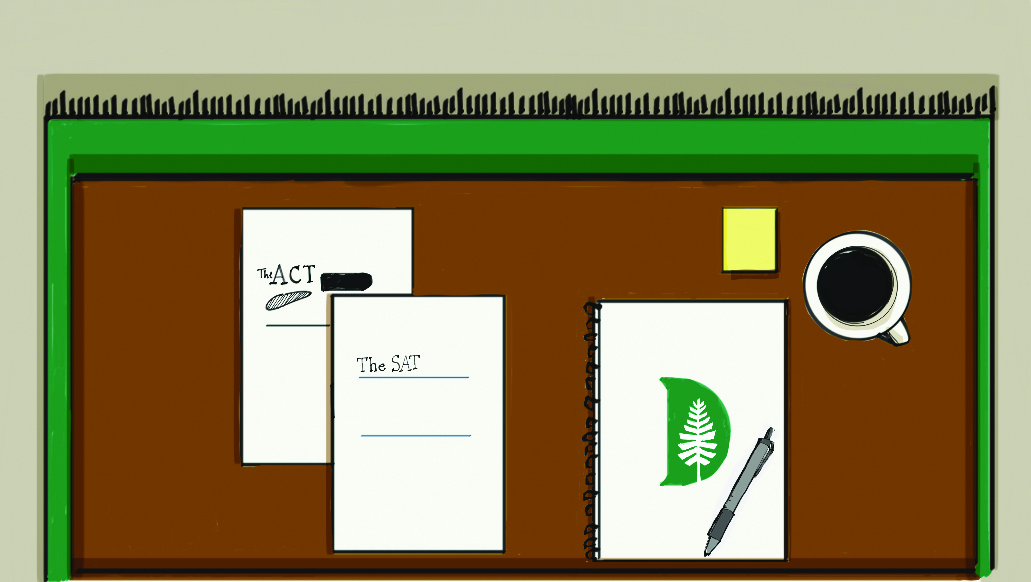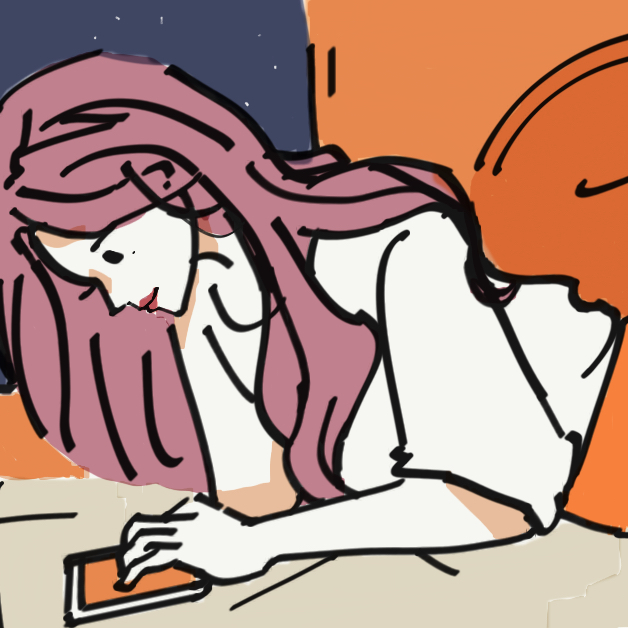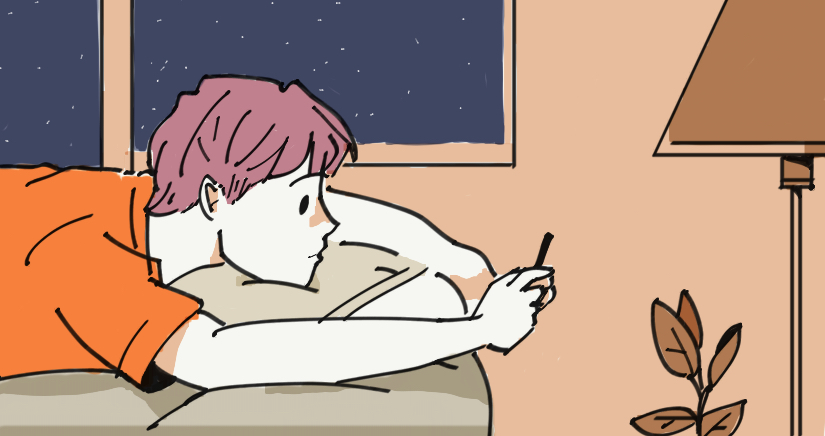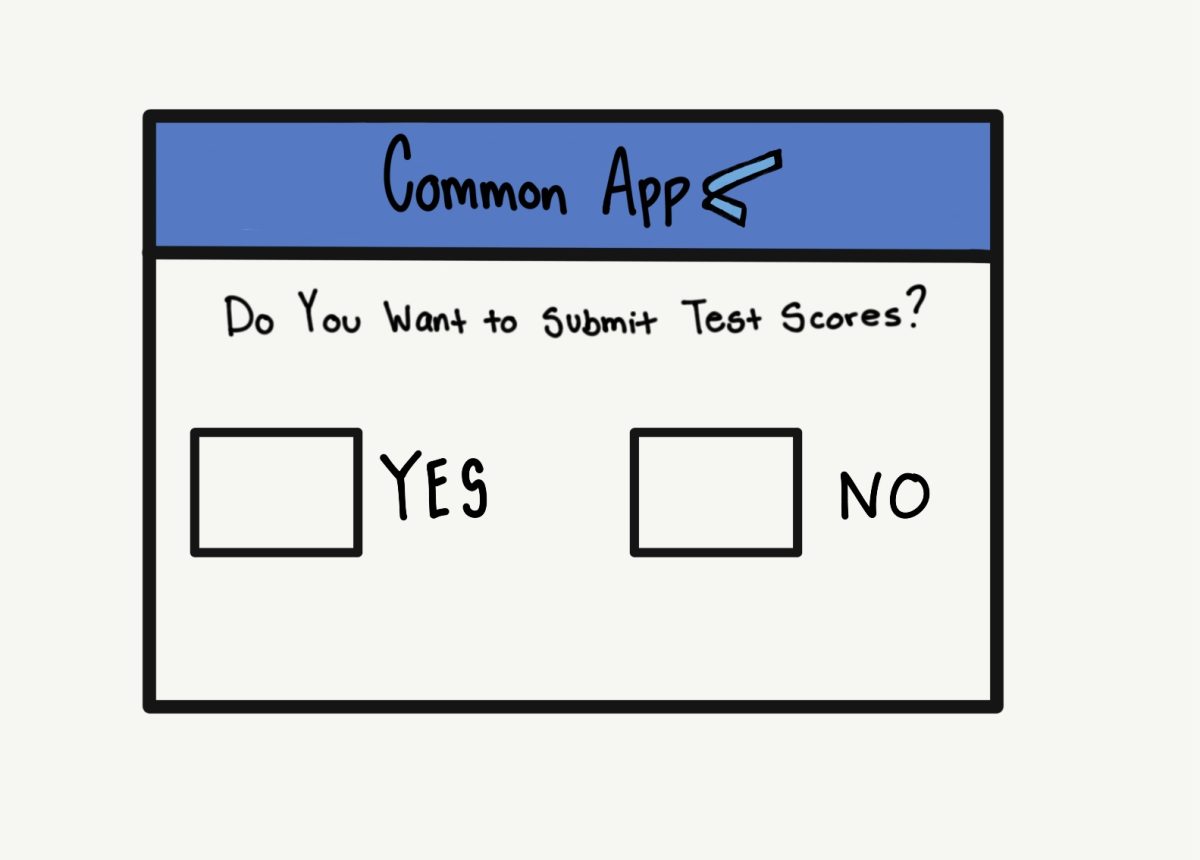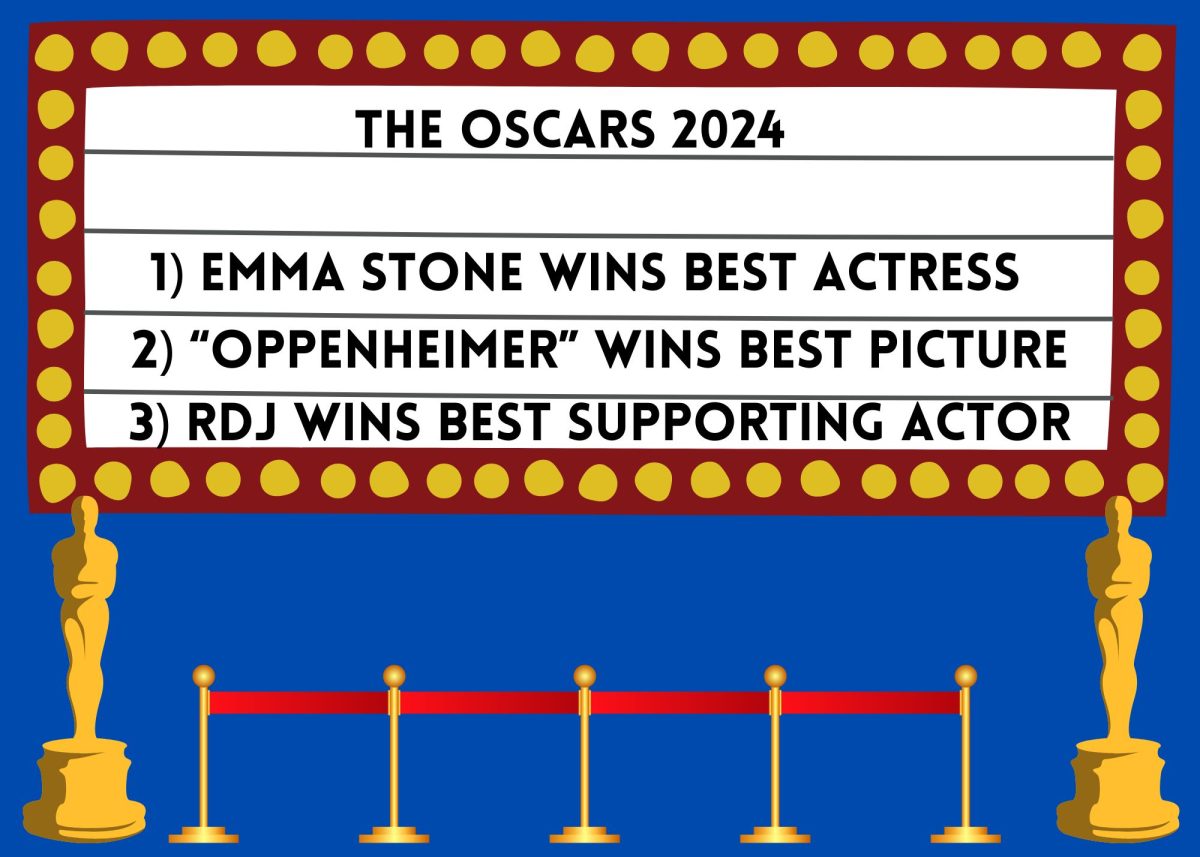Pilar ’15:
Lately, trigger warnings have gone too far. They are overused online, thereby lessening their impact, and members of online communities over-police others about the use of trigger warnings, creating an unpleasant experience for these users.
This is not to say that trigger warnings do not have their purpose. They allow people to continue to go online without having to worry constantly about being exposed to something that could revisit a source of trauma.
Trigger warnings are especially common on social media. On Tumblr, for example, trigger warnings are considered to be common courtesies because the website’s interface provides no built-in content block. Third-party extensions allow users to block content containing certain words or tags, and others allow users to block images, only showing the images when they are clicked on. By individual bloggers tagging their potentially triggering posts, they create a safe environment for others who may be triggered by mentions of something like self-harm or sexual violence.
Users lately have taken this to the extreme, over-policing people who don’t tag everything they post with trigger warnings for even the most obscure and specific triggers, and tagging articles that contain brief mentions of something loosely tied to the trigger, proclaiming the article to be a “MASSIVE TRIGGER”.
It is perfectly reasonable for someone to ask his or her professor if the reading for the class will deal with or mention their triggers, or politely to request that a blogger tag her content for mentions of a trigger. The use of trigger warnings goes too far when people over-saturate the world with these trigger warnings, thereby risking that they become less effective and, in some cases, inciting people to not use them out of spite. The over-use of trigger warnings does more harm than good and is starting to counteract the benefit of having trigger warnings in the first place. This does not mean that we should get rid of trigger warnings altogether, but rather that we should instead avoid over-using trigger warnings while still creating a safe online space.
Morgan ’15:
Trigger warnings prevent people from stumbling across content that may reawaken traumatic feelings or experiences and tend to be in articles that describe in graphic detail war, abuse and violence but can extend to many other areas such as body dysmorphic disorders, suicide or harmful behaviors. These emboldened warnings are also commonly found on social media sites, where users depend on other users to appropriately tag each content block. It’s the community-tagged posts that tend to be inappropriately used, tagging posts that don’t need a content warning.
The concern of many people is that these warnings are sometimes used to make fun of some of the traumatized, “touchy” people wandering the web. However, while these warnings are sometimes used cruelly, I think many times it’s the people who are trying to be as sensitive and open-minded as possible to the point of extremity. They’re merely trying to be open to all sorts and types of trauma. Yes, many on community posts on social media sites tend to be over-exaggerated and sometimes downright silly and maybe even possibly insulting to patients, but every now and then these trigger warnings are appropriately placed, protecting viewers from a potentially dangerous public space.
These warnings are a good way of educating the public on many types of mental issues that have been recently discovered and diagnosable in the latter half of the twentieth century. Not only do they protect those who suffer or are recovering from illnesses such as Post-traumatic Stress Disorder, depression, or Body-Dysmorphic-Disorder, but they also help to show the general public what may cause harm in patients with mental illness. They spread awareness as well as allow for people to start to sympathize with victims. A little bit of understanding can go a long way.
Especially in this day and age, Internet safety is a growing concern. So the next time you roll your eyes at this little bold warning that you might have deemed a waste of space and completely and totally unnecessary, I ask that you take a second and reflect. Wouldn’t it be better to have an overly safe space online rather than a space that runs risks of causing a regression in people’s healing processes?




